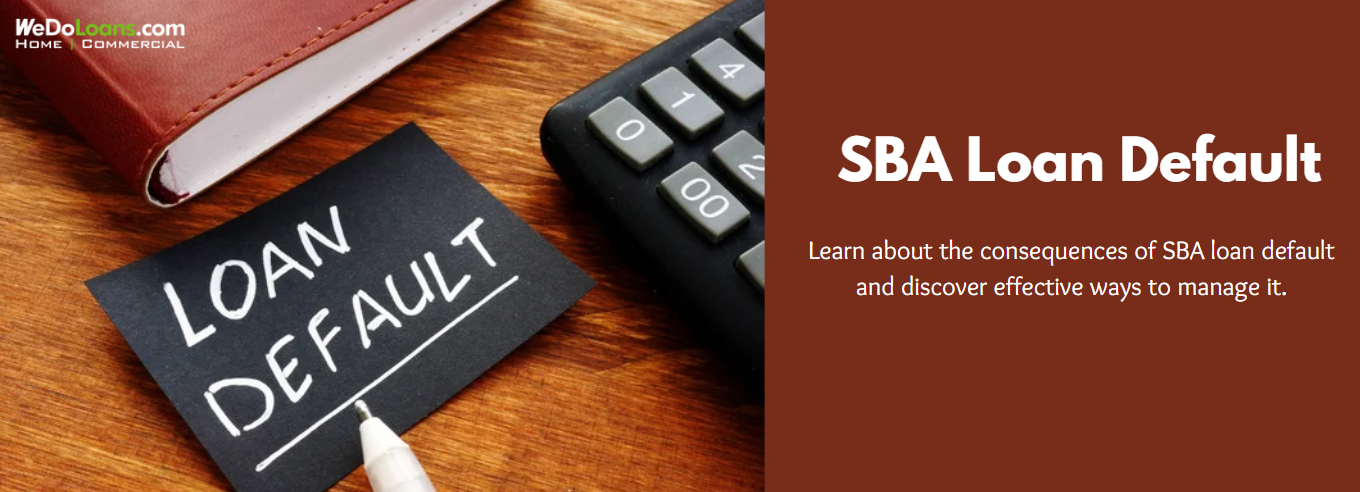
Purchasing the property your business occupies can be a profitable long-term investment, but changing market conditions, insufficient research, or unforeseen factors can turn it into a poor decision. For business owners, the inability to repay their loan is a serious concern, and defaulting on an SBA loan is not ideal. However, there are strategies to prevent it, and if default seems imminent, borrowers need to know what actions to take.
Understanding SBA Loan Default
Business owners with a Small Business Administration (SBA) loan are required to adhere to the payment terms outlined in their loan agreement. Default occurs when the borrower fails to make a payment on time, skips a payment, or pays less than the agreed amount.
Consequences of Defaulting on an SBA Loan
Defaulting on a loan can have significant negative consequences, such as damaging the borrower’s credit and limiting future borrowing opportunities. Additionally, the lender may seize any assets or collateral securing the loan, such as commercial real estate. Although lenders typically issue payment demands and late fees before taking such action, continued nonpayment can lead to asset seizure.
If the collateral isn’t sufficient to cover the debt, the lender may seek reimbursement from the SBA, which insured part of the loan. However, this doesn’t end the borrower’s obligations. The SBA may pursue the borrower for the remaining debt, leading to actions like wage garnishment or the withholding of tax refunds.
Recognizing Signs of Potential Default
Lenders quickly identify delinquent loans and often take immediate action, including sending notices and working with the borrower to bring the loan current. If no resolution is reached, the loan may officially enter default, typically after several missed payments.
Delinquency vs. Default
Delinquency occurs after the first missed payment, signaling that the loan is late. Default is a more serious status, occurring after continued delinquency, usually after three to four months of missed payments. While delinquency may still be corrected, default often leads to more severe consequences, including demands for full repayment.
Managing SBA Loan Default
If a borrower is at risk of default, it’s crucial to communicate with the lender immediately. While lenders aren’t required to modify loan terms, many are willing to work with borrowers to find a solution. Options like an offer in compromise, where a lump sum payment less than the total owed is proposed, may be considered. Working with legal counsel can be beneficial in these situations.
If the lender doesn’t agree to a settlement, the Treasury Department might step in. Ultimately, failure to resolve the debt can lead to the seizure of the collateral and further legal actions.
Preventing SBA Loan Default
To avoid default, borrowers should ensure timely payments and conduct thorough due diligence before committing to an investment. If financial difficulties arise, reaching out to the lender early to discuss possible loan restructuring can help prevent default.
Conclusion
Like personal loans, nonpayment of an SBA loan can result in serious legal actions from the lender and eventually the SBA. While negotiating repayment plans or offers in compromise may provide some relief, failure to resolve the debt could result in the seizure of the property used as collateral.
